Today’s post is offered as a celebration of some of the content from 2015—a taste…a combination of TNOC writing from around the world that is a combination of diverse, widely read, a novel point of view, or somehow disruptive in an useful way. Certainly all 350+ TNOC essays and roundtables are great reads. What follows is a sample of some of the highlights.
2015 has been a transformational year at The Nature of Cities. The number of contributors has grown to over 350, and we published 100+ long-form essays, reviews and global roundtables. This year began a new format—collections of essays as an eBook. The first was The Just City Essays, a collaboration with the Max Bond Center for the Design of the Just City and NextCity. We will continue to do two of these collections a year on topics important to TNOC’s mission. Most important, we’ve attracted more and more readers: in 2015 we had 200,000+ readers from 3000+ cities in 145 countries. Thank you.
New things are coming in 2016, including:
- New focus on green cities and social justice.
- The Nature of Graffiti gallery of nature-inspired urban graffiti and street art.
- An new effort to recognize and reward on-the-ground Champions of the Nature of Cities.
- And of course, over 150 new essays, reviews and roundtables.
Donate
TNOC is a public charity, a non-profit [501(c)3] organization in the United States. We rely on contributions and grants to support our work, so, if you can, be a part of the movement for more livable, resilient, sustainable and just cities by making a donation. Click here.
Highlights of 2015
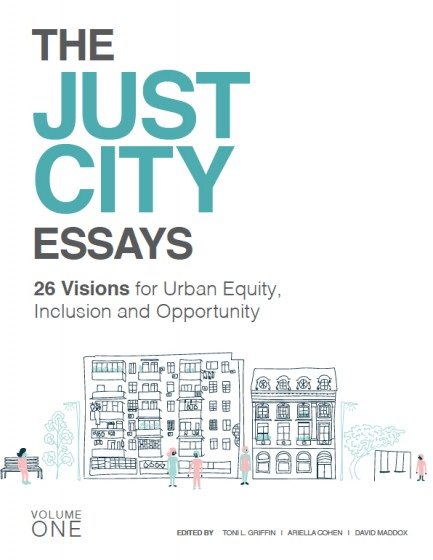 All 26 of the Just City Essays were highlights. Check them out.
All 26 of the Just City Essays were highlights. Check them out.
http://www.thenatureofcities.com/the-just-city-essays/
Over the past decade, there have been conversations about the “livable city,” the “green city,” the “sustainable city” and, most recently, the “resilient city.” At the same time, today’s headlines—from Ferguson to Baltimore, Paris to Johannesburg—resound with the need for a frank conversation about the structures and processes that affect the quality of life and livelihoods of urban residents. Issues of equity, inclusion, race, participation, access and ownership remain unresolved in many communities around the world, even as we begin to address the challenges of affordability, climate change adaptation and resilience. The persistence of injustice in the world’s cities—dramatic inequality, unequal environmental burdens and risks, and uneven access to opportunity—demands a continued and reinvigorated search for ideas and solutions.
Roundtables
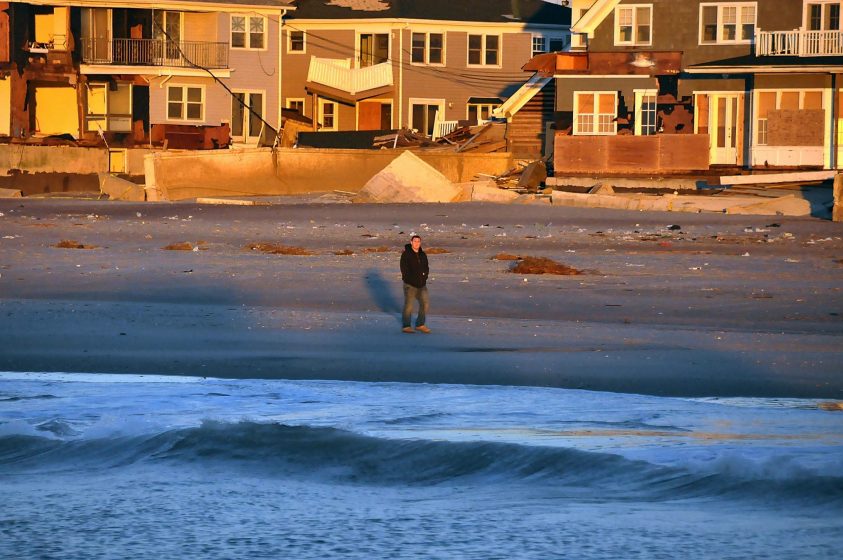
Taking “resilience” out of the realm of metaphor. How do you measure resilience in cities? How would you know if your city or your community was resilient?
http://bit.ly/1dhNPK7
In a time of gathering stresses from climate and ecological change, economic stress, and the persistent challenges of sustainability, justice and livability, resilience is a key area of thought with enormous potential. We must continue to work to bring it down from the 10,000 meters of metaphor to functional concepts on the ground. As we build and improve the cities of world, how can we act on the core ideas and promise of resilience? Of the 21 respondents to this roundtable, some are working on direct or indirect metrics. What makes them relevant and validated? Some are measurement skeptics. If it can’t be measured then how can we construct resilience (in an adaptive management sense)? Some are actively engaged in city building and policy. How is resilience an actionable concept?
…with contributions from: Keren Bolter, Boca Raton; Cesar Busatto, Porto Alegre; Lorenzo Chelleri, Milan; William Dunbar, Tokyo; Thomas Elmqvist, Stockholm; Antoine Faye, Dakar; Richard Friend & Pakama Thinphanga, Bangkok; Lance Gunderson, Atlanta; Tom Henfry, Bristol; Dan Lewis & Patricia Holly, Barcelona & Nairobi; Shuaib Lwasa, Kampala; Timon McPhearson, New York; Franco Montalto, Philadelphia; Luciana Nery, Sao Paulo; Henk Ovink, The Hague; Elisabeth Peyroux, Paris; Catherine Sutherland, Cape Town; Claire Weisz, New York; Dan Zarrilli, New York
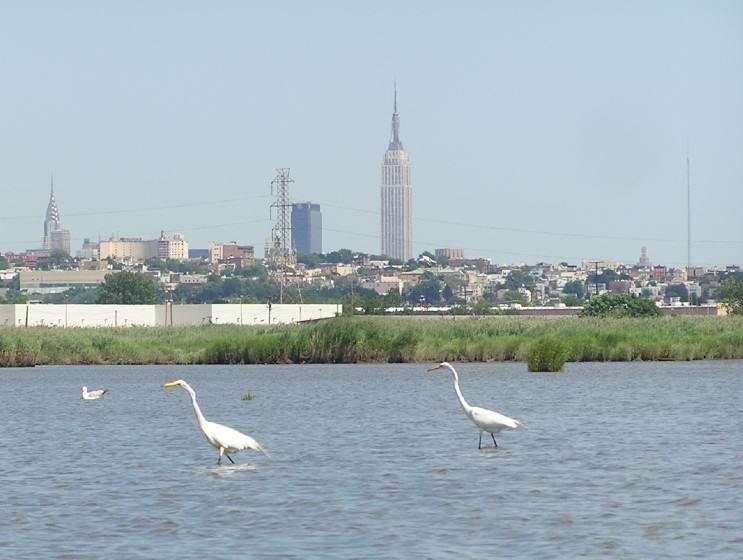 Is there such a thing as a “bird friendly city”? What does it look like? What does it not look like? Why bother?
Is there such a thing as a “bird friendly city”? What does it look like? What does it not look like? Why bother?http://bit.ly/1zQWc8U
Two key issues determine whether a town or city is ‘bird-friendly’. One is the range and quality of habitats that prevail, together with opportunities for food and nest sites. The second is the culture of the place: whether birds are protected, encouraged, tolerated or shot. So to be truly bird-friendly, a city needs to have citizens who value biodiversity and influence both bottom-up and top-down decisions on how to manage the urban environment.
…with contributions from: Tim Beatley, Charlottesville; Luke Engleback, London; Dusty Gedge, London; David Goode, London; Madhu Katti, Fresno; John Marzluff, Seattle; Bonghani Mnisi, Cape Town; Glenn Phillips, New York; Kaveh Samiei, Tehran; Ken Smith, New York; Yolanda van Heezik, Dunelin; Maxime Zucca, Paris
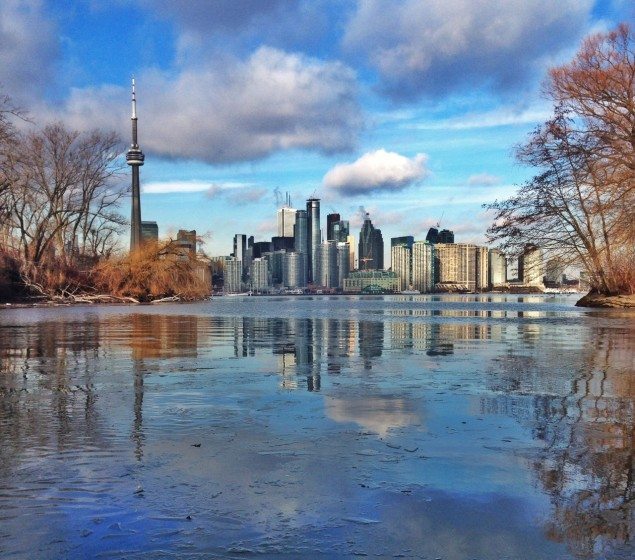
Urban water fronts have typically been sites of heavy development and often are sites of pollution or exclusive access. But they have enormous potential benefits. How can we unlock these benefits for everyone? Are there ecological vs. social vs. economic tradeoffs?http://bit.ly/14sr2ai
Cities are necessarily heterogeneous and multiple: they are sites where we encounter difference and where humanity and nature come crashing up against each other. Cities both embrace and abrade nature in the same turn. Urban waterfronts are no different in that they serve as the point of contact between the ‘wilderness’ of the open sea or river and the city that lines its shore. Waterfront developments have an opportunity to reconnect cities to their marine or riverine ecologies, but also run the risk of being neither ecologically sound nor socially inclusive. They may become segregated urban spaces just like so many others that turn their backs to the cities where they are situated, or they may become the centrepiece of the city itself, engaged as a powerful tool to attract citizens and visitors to the aquatic urban edge.
…with contributions from Mitchell Chester, Miami; P.K. Das, Mumbai; Ana Faggi, Buenos Aires; Andrew Grant, Bath; John Hartig, Detroit; Roland Lewis, New York; Joe Lobko, Toronto; Robert Morris-Nunn, Hobart; Rob Pirani, New York; Elizabeth Plater-Zyberk, Miami; Andréa Redondo, Rio de Janeiro; Bradley Rink, Cape Town; Hita Unnikrishnan, Bangalore; Jay Valgora, New York; Mike Wells, Bath
Essays
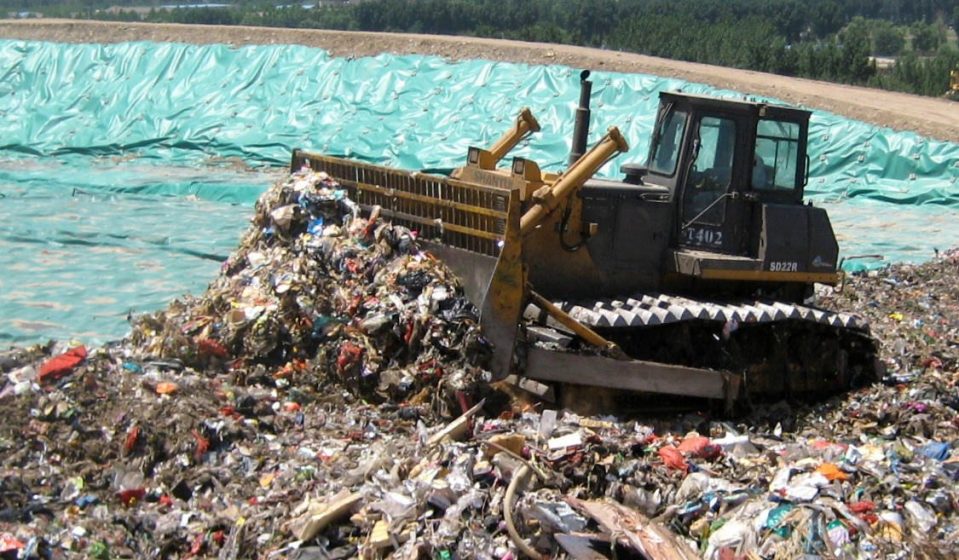 Ways Forward from China’s Urban Waste Problem
Ways Forward from China’s Urban Waste Problem
Judy Li, Beijing
http://bit.ly/1D7hAWS
It is important to consider the human element of China’s urban waste system to understand how it affects the livability of Chinese cities. In addition to poor waste collection infrastructure, investment, and enforcement, the current waste system in China perpetuates social inequalities for rural-to-urban migrants. Landfills and incubators are pushed to the outskirts of the city where poor migrants live. This leaves the wealthier inner city areas relatively clean, but their waste is exported to small towns and poor communities that are socially, politically, and economically marginalized. Wiser resource utilization can help Chinese cities become more sustainable, and address environmental injustices of the current waste system.
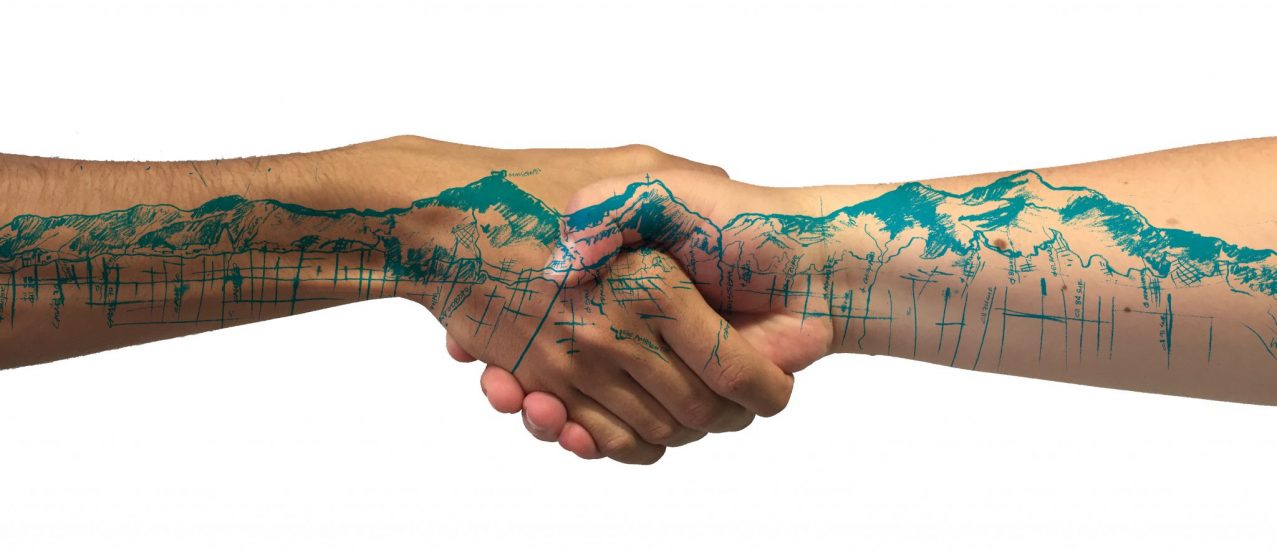
Democratizing Conversations on Sustainability to Create Resilience from the Soul
Diana Wiesner, Bogotá
http://bit.ly/1JHGugu
There are multiple proposals revolving around the discourse of sustainable cities, in which green infrastructure systems are implemented and natural resources are protected to guarantee ecosystem service supply. This discourse, however, is concentrated among scholars, specialized professionals, and a limited percentage of the population. As a result, city planning and its corresponding sustainability proposals are far removed from the people who are building their spaces in terms of trends, as other groups that have settled in these territories have done before them, without taking into account water, vegetation, or open space. This has to change.
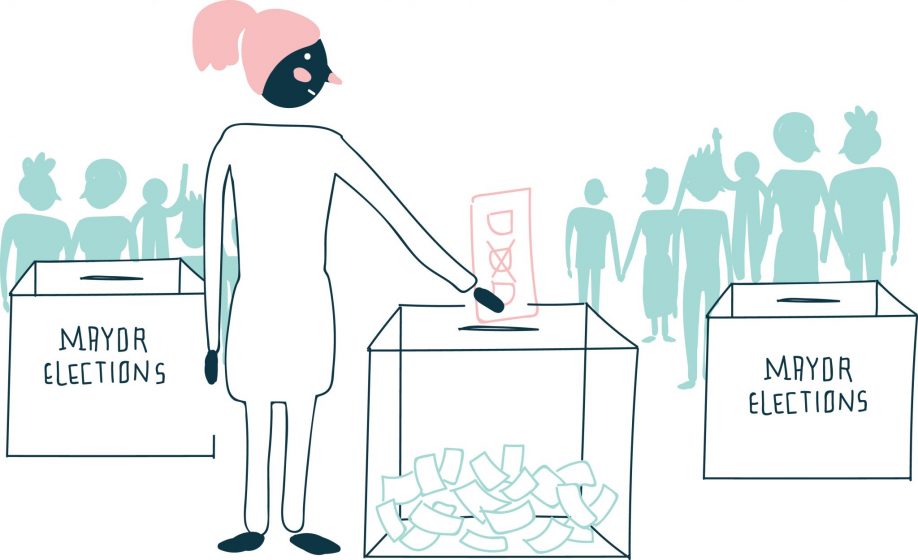 Karachi and the Paralysis of Imagination
Karachi and the Paralysis of Imagination
Mahim Maher, Karachi
http://bit.ly/1mgMqrM
You want to read about a vision of a just Karachi? The contract killer ($50 a hit) ripping up the road behind Disco Bakery on his Honda 200CC and the secret service colonel cracking skulls in a Clifton safehouse will both cite one vision: Dubai. This happens to also be the vision of the one-armed Afghan refugee selling Beijing socks off a cart in Saddar bazaar and the unsexed Karachi Port Trust shipping agent waiting for shady clients to cough up cash so he can escape to Phuket. To borrow from an old Urdu election rallying cry: Chalo, chalo, Dubai, chalo. Come, come, let’s go to Dubai.
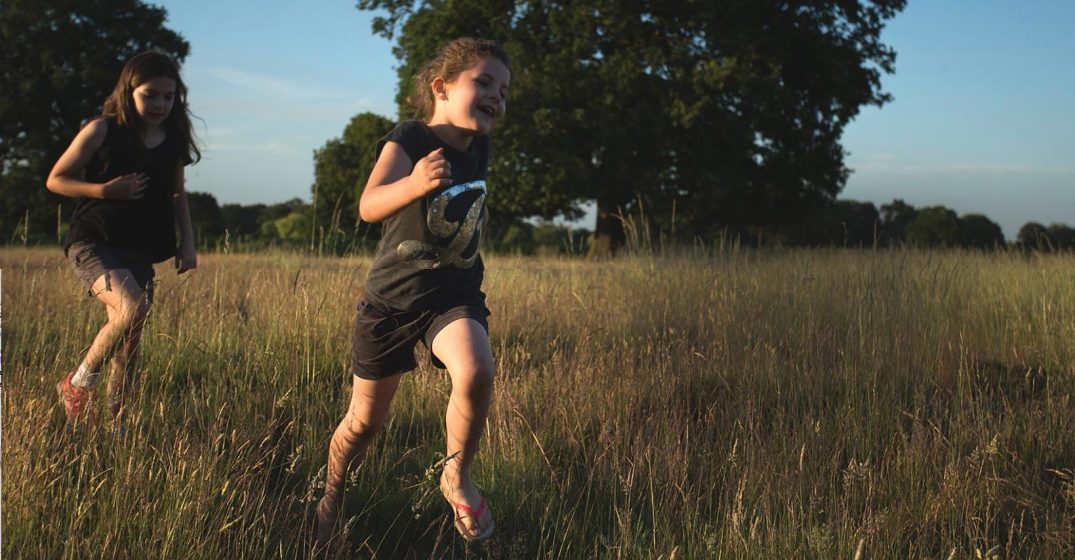
London: A National Park City
by David Goode, London
http://bit.ly/1NlYwJH
Over the past 18 months, a movement has been growing, drawing together Londoners who want to apply National Park principles to the whole of Greater London. The aim is to turn traditional attitudes to the city inside out, ensuring that nature has a place in every aspect of London’s fabric and making it accessible to every Londoner. The idea has gained huge support from many different sectors of society. It’s a people’s movement that is gaining momentum by the day and, last month, a draft charter was launched for public consultation.
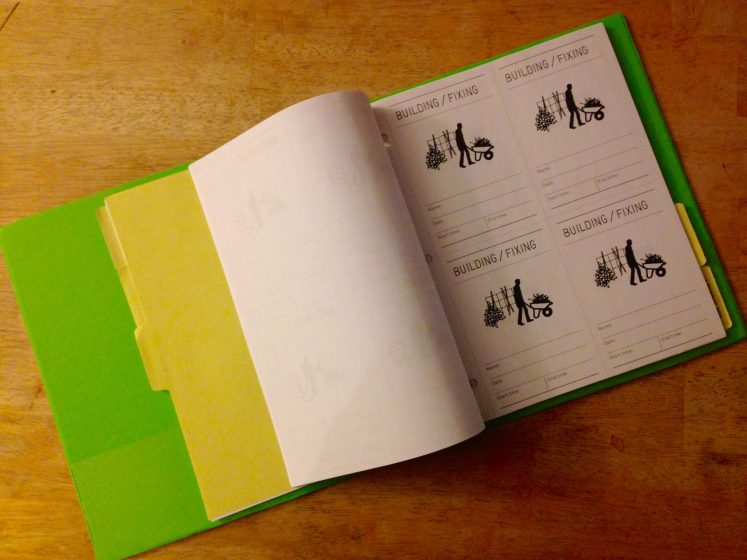
Making the Measure: A Toolkit for Tracking the Outcomes of Community Gardens and Urban Farms
Phil Silva, New York
http://bit.ly/1Cq05yK
Community gardeners and urban farmers across North America are using an innovative research toolkit developed in New York City to measure and track the impacts of their work. The toolkit is made up of sixteen different methods for collecting data about things like the number of pounds of food harvested in a community garden or the number of children who develop a taste for fresh vegetables after hanging out at a neighborhood farm. Gardens around North America have started using the toolkit and its accompanying online data-tracking site, “The Barn”. The toolkit is freely available for anyone to download, use, and repurpose. The Barn data-tracking site is also free and open to any community garden or urban farm throughout the world.
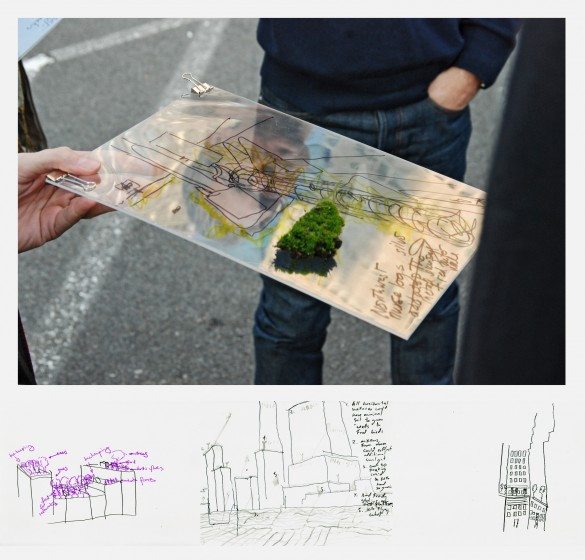
Micro_Urban: The Ecological and Social Potential of Small-Scale Urban Spaces
Timon McPhearson and Victoria Marshall, New York and Newark
http://bit.ly/179wVdq
Small-scale urban spaces can be rich in biodiversity, contribute important ecological benefits for human mental and physical health, and overall help to create more livable cities. Micro_urban spaces are the sandwich spaces between buildings, rooftops, walls, curbs, sidewalk cracks, and other small-scale urban spaces that exist in the fissures between linear infrastructure. What if the micro_urban were the missing piece to solving the connectivity puzzle in our fragmented urban ecologies? How might micro_urban habitats, networked throughout our built and social infrastructure, make a difference in the social and ecological well-being of a city?
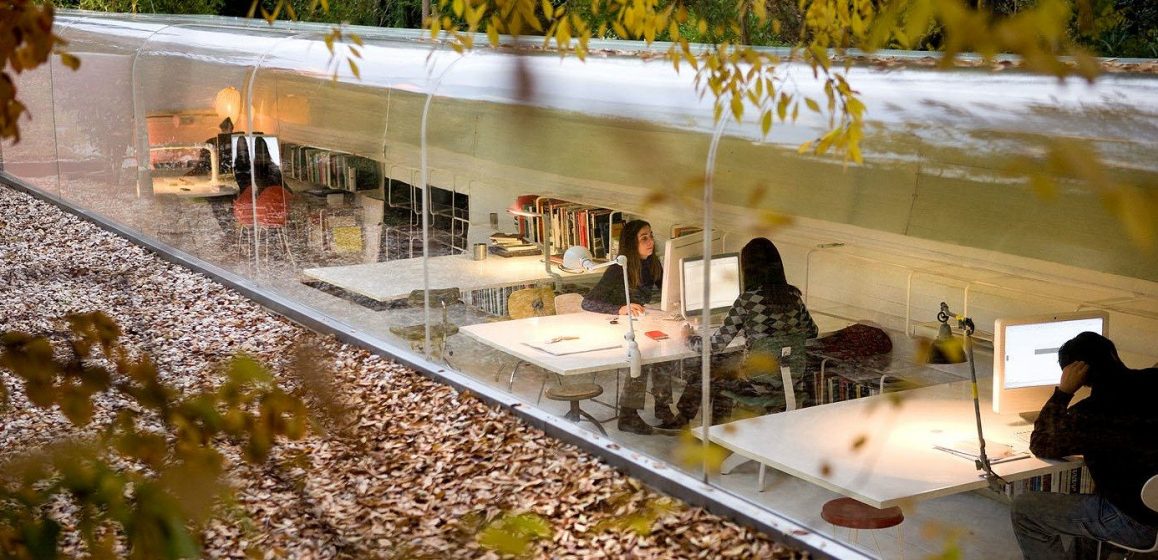 Nature in View, Nature in Design: Reconnecting People with Nature through Design
Nature in View, Nature in Design: Reconnecting People with Nature through Design
Whitney Hopkins, London
bit.ly/1DCcRbM
Poorly conceived design visibly divided us in urban areas from our wilds and contributed to our recent ability to see nature as something isolated from us. Yet reinvigorating our bond with nature is a challenge architecture and urban design are well placed to address. Architects and designers have control over our built environment; by changing the way we design cities and buildings to connect to rather than disconnect from nature, we can change our proximity to nature and shift our physical relationship to the environment.
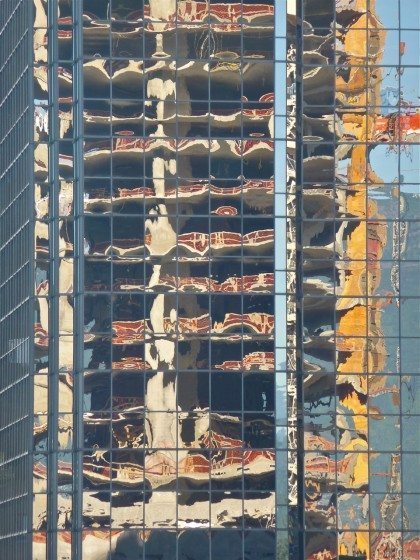 Why We Need Design Guidelines for Urban Non-Humans
Why We Need Design Guidelines for Urban Non-Humans
Paul Downton, Adelaide
bit.ly/1KUcSPc
Every city, every town and human settlement, should have a set of urban design guidelines for non-human species. The development and application of these guidelines would form the core of a new adventure in urbanism that has transformative potential and the capacity to lay the groundwork for a truly ecological civilisation—in which taking care of non-human species will, in turn, enhance the capabilities and conditions of the human animal.
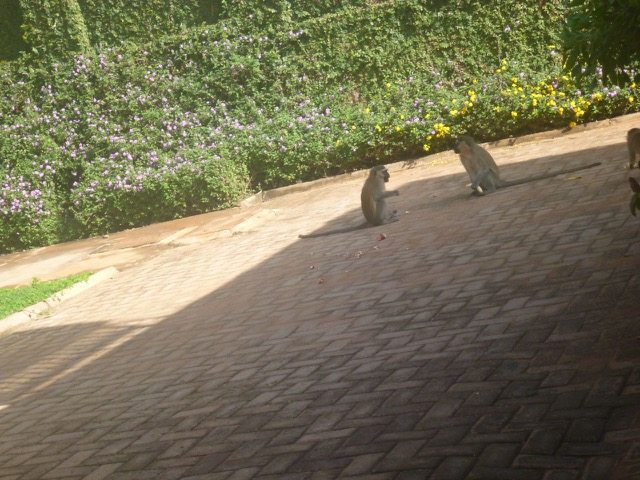 Count Me In: Urban Greening and the Return of Primates in Kampala
Count Me In: Urban Greening and the Return of Primates in Kampala
Shuaib Lwasa, Kampala
http://bit.ly/1IDK1uI
Kampala plans to plant 500,000 trees, a greening activity that is part of the effort to build climate resilience in the city. It has been envisaged to have multiple benefits. Green cover would enhance aesthetics, reduce common flash floods through increased infiltration, and sequester greenhouse gases. But one unforeseen possibility of the greening program is the return or increase of the primate population in the city as habitat is re-created. To this end, it is important for planners and practitioners of urban space re-creation in Kampala to think about tree species that would attract the return of primates, whose persistence has continuously communicated that they will not be left out of the city. If there is appreciation of urban spaces that create harmony between nature and built forms, how can the greening activity be utilized to improve habitats and return primates to Kampala? What would be the motivations for increased biodiversity in the city?
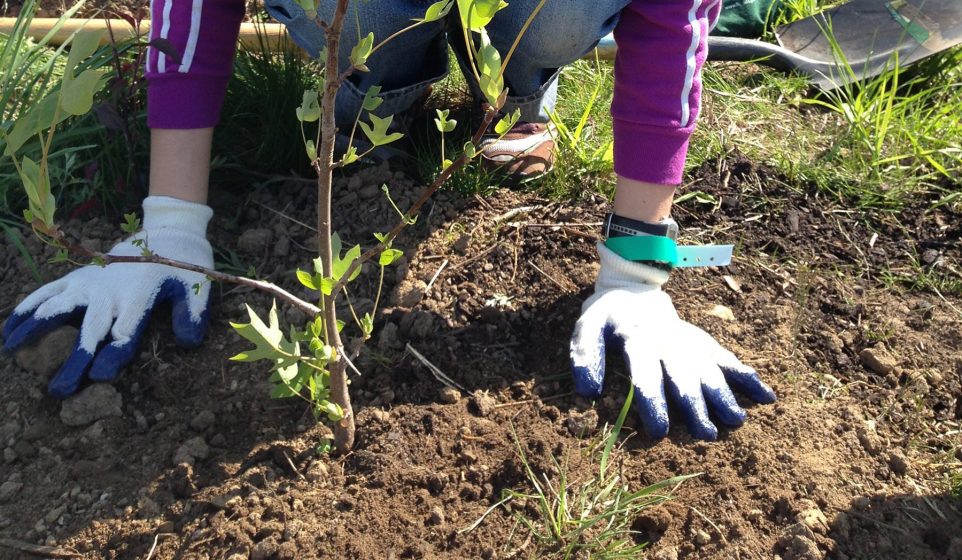 Encountering the Urban Forest
Encountering the Urban Forest
Lindsay Campbell, New York
http://bit.ly/1wWt1uM
For all the critical scholarship that is written about the harnessing of volunteer labor in caring for urban trees, it never squared with my experience of engaging in stewardship. I came to realize that my leisure practices were missing from my research accounts. I was writing myself out of the story. I’ll share three stories of my engagements with street trees and reforestation sites to explore affective experiences between me and the trees. I believe that these vignettes offer windows into why and how we create and maintain relations of care with the urban forest. How can we build bridges between such emotional experiences and our management practices and cultivate attachment and stewardship; that allows attachment to inform management, decision-making, and priority-setting?
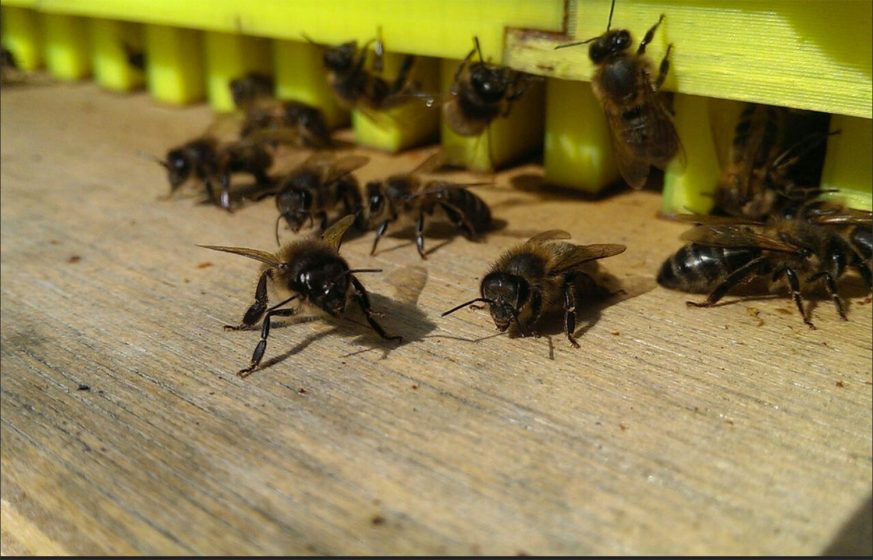
The Secret Life of Bees: Using Big Data and Citizen Science to Unravel…What Bees Are Saying about the Environment
Jennifer Baljko, Barcelona
http://bit.ly/1APt5jN
Bees can act as a biosensor for cities, and give a signal that could be easy to understand. If the bees are all right, we are living in a good environment. If the bees are suffering or the colony is dying, it could be a sign that the environment is having serious problems. Recent studies, for example, suggest that bees are sensitive to pollution, and small fluctuations in ozone levels can affect their behavior. Researchers behind a Barcelona project hope that insights generated from data on beehive temperature, humidity, and weight, might provide clues to creating healthier and sustainable environments for bees, for humans, and for cities.
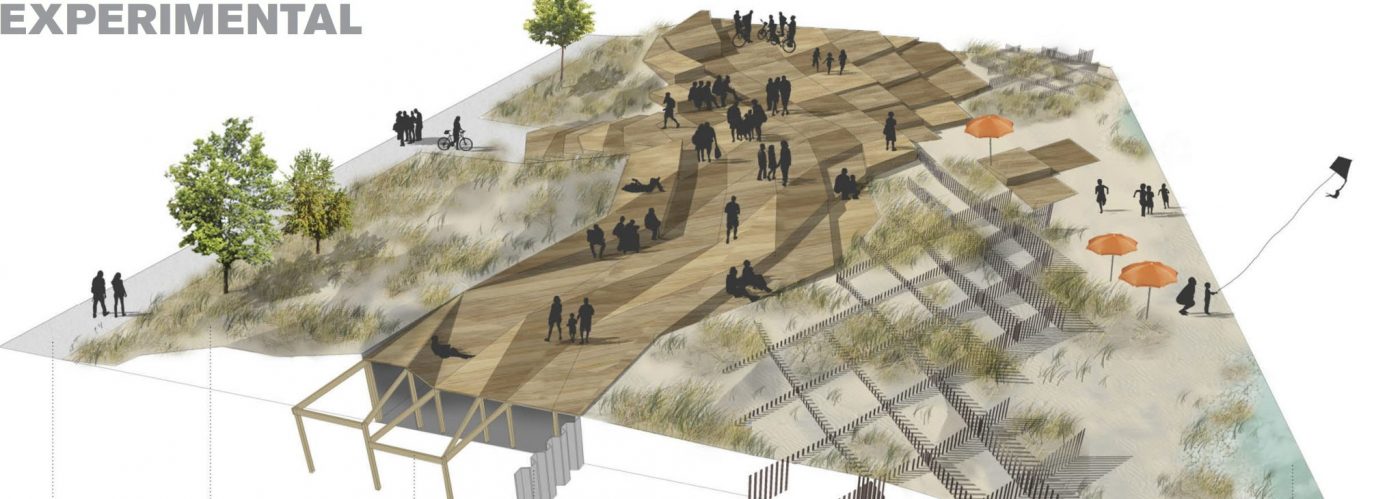 Marriage Therapy for Ecologists and Landscape Architects
Marriage Therapy for Ecologists and Landscape Architects
Steven Handel, New Brunswick
http://bit.ly/17JYkSQ
Ecologists and Landscape Architects can have a rocky and unsteady relationship; improving it is going to take some time. I can’t promise a happy ending, of course, but ask you to remember three things: First, your goals for a sustainable, healthy landscape are parallel, not divergent. Keep that in mind when you seem to have momentary troubles communicating. Second, you are both driven to improve the landscape, not watch it continually degrade; remember you’re soul mates, at least in that way. Third, we live in a rapidly changing world, climate, sea levels, movement of species, and mixing of biotic communities. These are all spinning fast towards a future that is hard to predict. Ecologists and designers are our only real protection against the troubles ahead. We need you to work together. Don’t let us down.
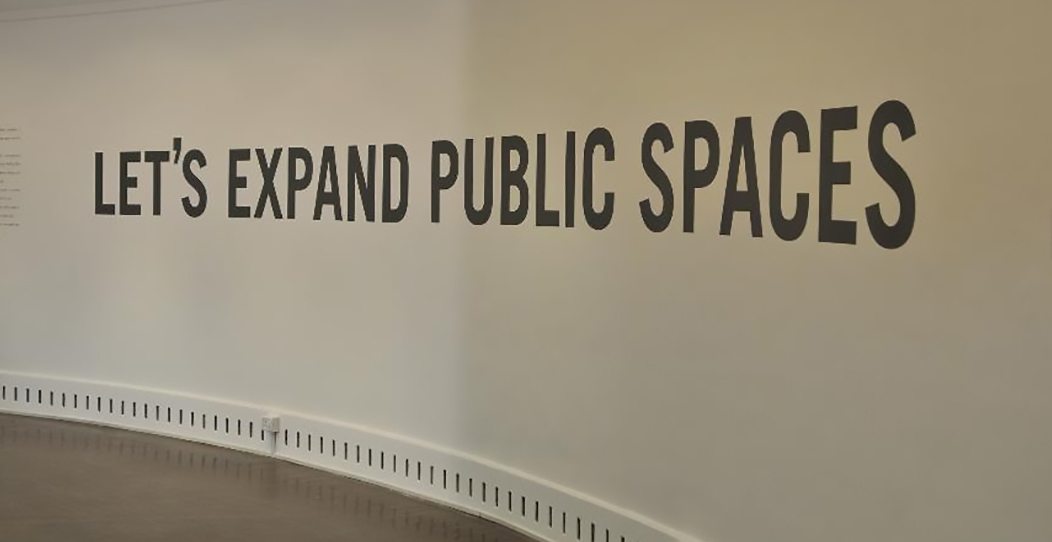 Let Streams of Linear Open Spaces Flow Across Urban Landscapes
Let Streams of Linear Open Spaces Flow Across Urban Landscapes
PK Das, Mumbai
http://bit.ly/1L99Md0
Can we re-envision our cities with a stream of linear open spaces, defining a new geography of cities? Can we break away from large, monolithic spaces and geometric structures into fluid open spaces, meandering, modulating and negotiating varying city terrains, as rivers and watercourses do? This way, the new structure of open spaces would relate to and integrate with many more areas and provide access to more people across neighborhoods and the city.
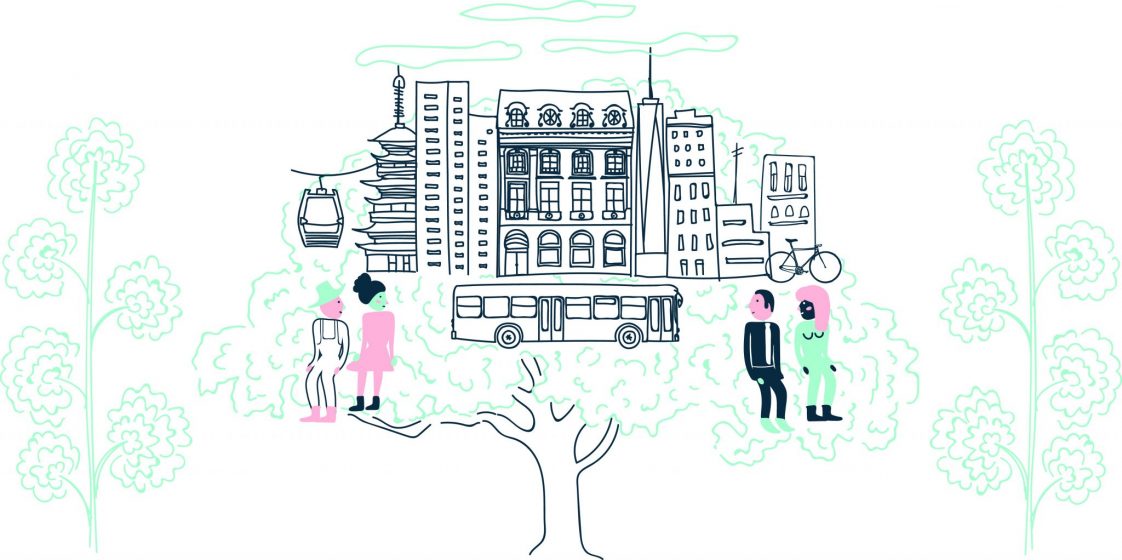 Cities in Imagination
Cities in Imagination
David Maddox, New York
http://bit.ly/1Pvy4yR
These are the cities of our dreams: resilient, sustainable, livable, just. Let’s imagine. We can imagine sustainable cities—ones that can persist in energy, food and ecological balance—that are nevertheless brittle, socially or infrastructurally, to shocks and major perturbations. They are not resilient. We can imagine resilient cities—especially cities that are made so through extraordinary and expensive works of grey infrastructure—that are not sustainable from the point of view of energy consumption, food security, economy, or other resources. We can imagine livable cities that are neither resilient nor sustainable. And, it is easy to imagine resilient and sustainable cities that are not livable—and so are not truly sustainable. Easiest of all is to imagine cities of injustice, because they exist all around us. The nature of their injustice may be difficult to solve or even comprehend within our systems of economy and government, but it’s easy to see.
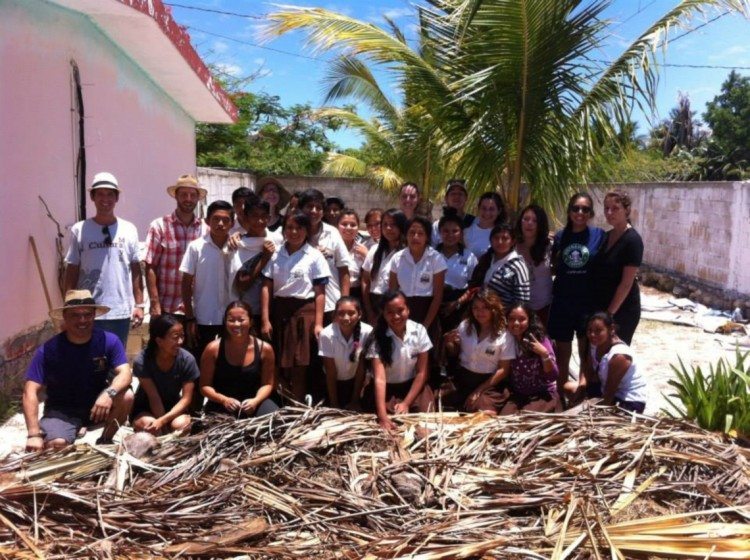 Biocultural Diversity and the Diverse City: A Model for Linking Nature and Culture
Biocultural Diversity and the Diverse City: A Model for Linking Nature and Culture
William Dunbar, Tokyo
http://bit.ly/1KVlP8b
The concept of biocultural diversity— the coming together of biological and cultural diversity—is receiving more attention recently along with an awareness that elements of cultures all around the world are deeply rooted in the nature, or biological diversity, around them, and that greater cultural diversity comes with greater biological diversity. It seems intuitively true that richer biological diversity leads to richer cultural diversity if you think about the wide variety of art, rituals, traditional knowledge, etc. that are related to nature and are integral to indigenous peoples and local communities around the world. Empirically as well, greater cultural diversity has been shown to correlate with biodiversity hotspots.
Reviews
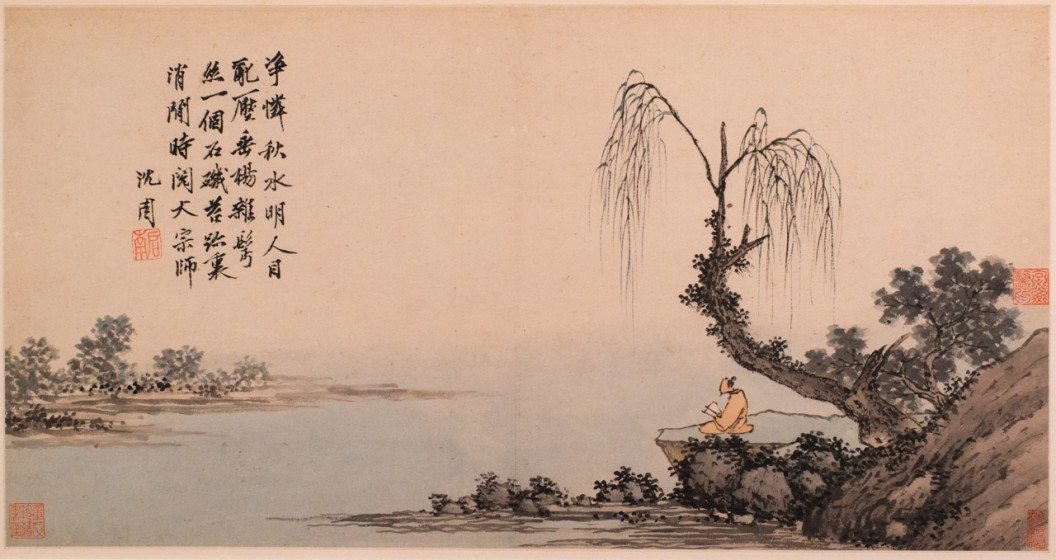
Trees of Life and Fruitful Relationships
Patrick Lydon, San Jose & Seoul
A review of Arboreal Architecture: A Visual History of Trees, an exhibition at the Cantor Arts Center, Stanford University
http://bit.ly/1O6chKU
The show’s curator, George Philip LeBourdais, has shoehorned a global collection of artworks from the Cantor Center’s collection into the room. Spanning about 1,500 years, the collection is impressive not only for the time it covers, but because all of the works concern the trees and our ever changing cultural relationships with them. The exhibit offers a deep and powerful display of cultural relationships to trees over such a great cultural timespan that it’s impossible not to be affected by it. The works speak of trees in city and countryside, of trees in in ritual and for utility, and, perhaps most importantly, of trees as part of us and, ultimately, as works of art themselves.
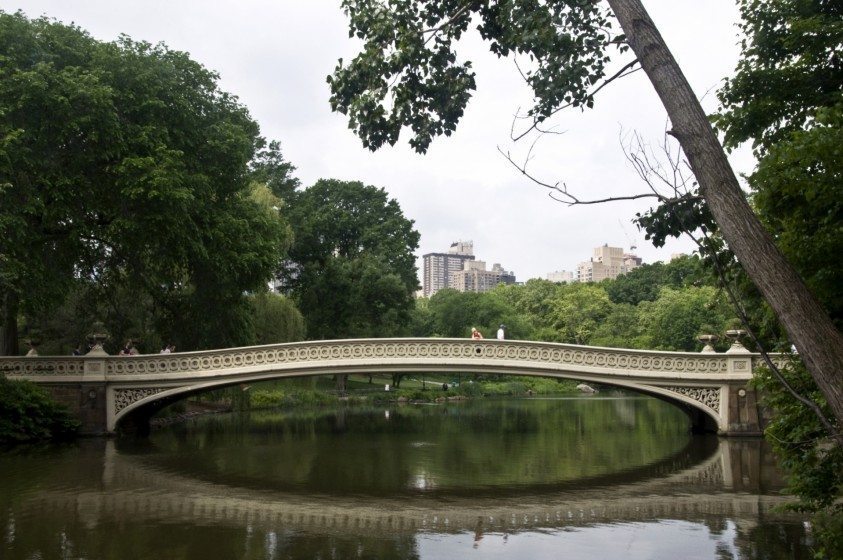 What Makes a “Great” City Park? The Beholder Sees
What Makes a “Great” City Park? The Beholder SeesAdrian Benepe, New York
A review of “Great City Parks”; Second Edition, by Alan Tate with Marcella Eaton
http://bit.ly/1XHrubm
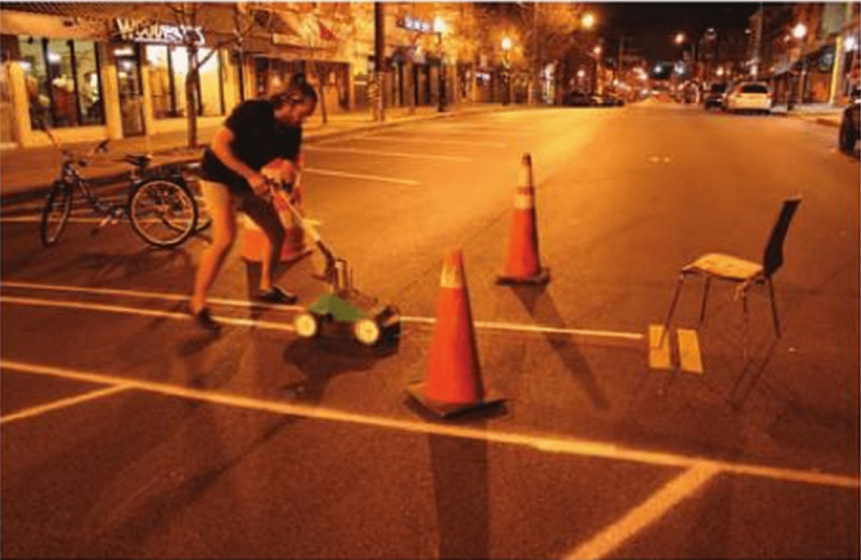 How Tactical Urbanism “Adds Up”
How Tactical Urbanism “Adds Up”Sarah Bradley, Montreal
A review of Tactical Urbanism: Short-term Action for Long-term Change, by Anthony Garcia and Mike Lydon
http://bit.ly/1CSiCsi
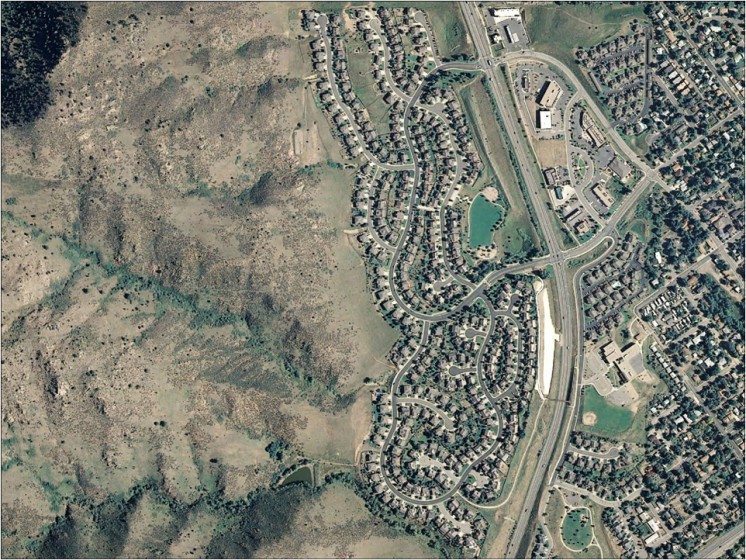
Complex and Useful, Green Is Infrastructure
Ana Faggi, Buenos Aires
A review of Green Infrastructure: A Landscape Approach
http://bit.ly/1DrPVCw
Green Infrastructure: A Landscape Approach, in line with the current principles of sustainability, discusses green infrastructure (GI) as the visible expression of natural and human ecosystem processes that work across scales and contexts to provide multiple benefits for people and their environments. It gives the reader a framework for a sustainable urban and regional future, how can it be implemented, and how planners and designers can play leading and responsive roles in addressing these issues. Although this report was intended for planners, landscape architects, architects, civil engineers, scientists, and others interested in the spatial structure, functions, and values (environmental, economic, and social) of natural and built landscapes, its simple and enjoyable writing makes it useful for educators, students, citizen groups and conservationists. While all case studies were drawn from communities within the United States, implementing the mentioned principles through green infrastructure initiatives, the variety of contexts and scales make them applicable worldwide.
![Email sent from: "Dundas, Deborah" ddundas@thestar.ca Subject: FW: Science, Arrivals, April 19 new wild cover Date: 13 April, 2015 10:36:03 AM EDT the new wildEmail sent from: Sarah Murdoch [mailto:smurdoch49@gmail.com] Sent: Friday, April 10, 2015 1:27 PM To: Dundas, Deborah Cc: Sarah Murdoch Subject: Science, Arrivals, April 19 new wild cover](https://www.thenatureofcities.com/TNOC/wp-content/uploads/2015/09/the-new-wild-798x560.jpg)
The Myths of Alien Species: An Alternate Perspective on “Wild”
by Divya Gopal, Berlin
A review of The New Wild: Why Invasive Species Will Be Nature’s Salvation, by Fred Pearce
http://bit.ly/1KaSh8V
The New Wild is an intriguing book that looks at non-native species and nature in new light, challenging popular notions of ‘nativism,’ ‘wild’ and nature’s ‘fragility.’ Although the author, Fred Pearce, has taken on a controversial topic, his sources show that he is not alone as an increasing number of ecologists and scientists are questioning the “good natives, bad aliens,” narrative. As an ecologist who works in cultural landscapes, I found this book is refreshing. ‘Wild’ to me means spontaneous and not domesticated or cultivated. There is something magical about seeing what nature has to offer. Many of the spontaneously growing plants, often considered weeds elsewhere, add character to the city. Some are natives, some aliens. It doesn’t matter—these spontaneous species are the new wild.
Photo Essays
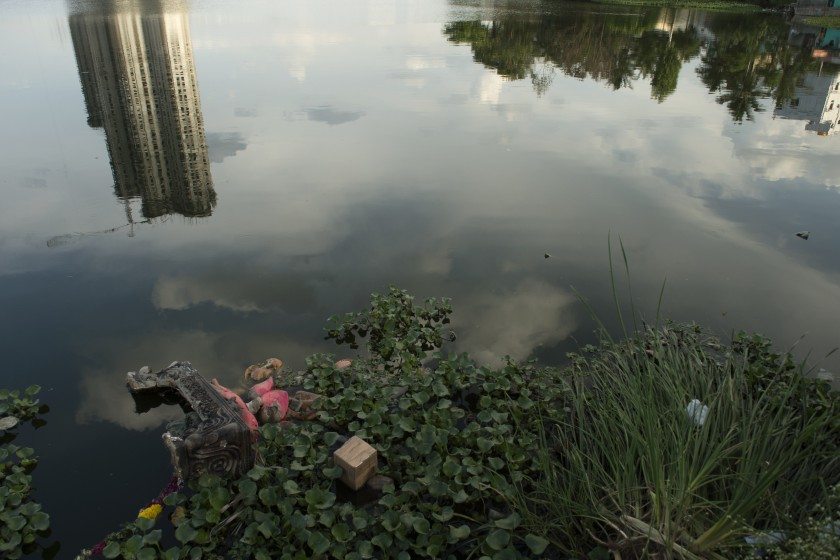 The banner photo is from the photo essay Photo Essay: Untold Stories of Change, Loss and Hope Along the Margins of Bengaluru’s Lakes, by Marthe Derkzen, Amsterdam, with photos by Anoop Bhaskar and Arati Kumar-Rao
The banner photo is from the photo essay Photo Essay: Untold Stories of Change, Loss and Hope Along the Margins of Bengaluru’s Lakes, by Marthe Derkzen, Amsterdam, with photos by Anoop Bhaskar and Arati Kumar-Rao
http://bit.ly/1OwJ8wJ
Before becoming India’s information technology hub, Bengaluru was known for its numerous lakes and green spaces. Rapid urbanization has led to the disappearance of many of these ecosystems. Those that remain face a range of challenges: residential and commercial construction, pollution and waste dumping, privatization, and so on. Today, Bengaluru’s lakes are principally seen as garbage dumps and sewage ponds that can have either of two fates: one, be transformed into recreational oases to suit the needs of wealthy residential neighborhoods, or two, be encroached upon until none of the original shapes and functions can be traced. But how does this affect the lives of the people living at the very margins of Bengaluru’s beloved yet contested lakes?
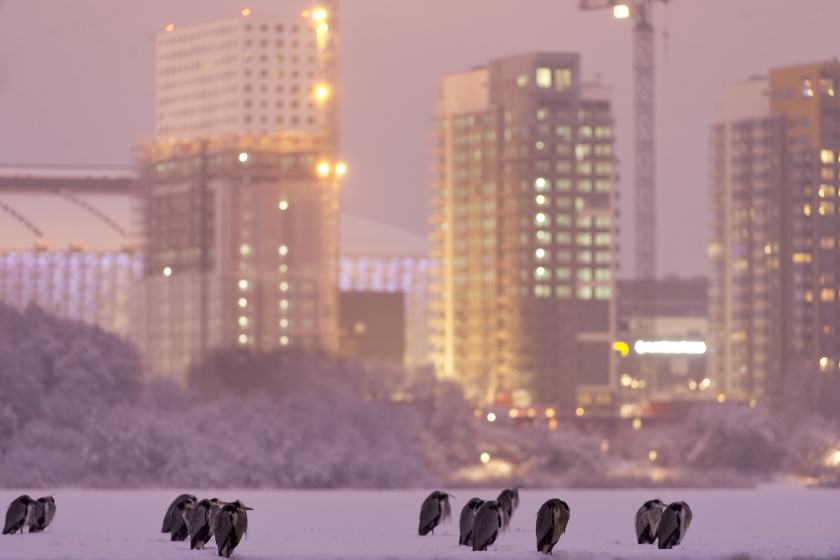
Imaging the Urban Wild: Fourteen Photographers and Artists Show and Talk About their Work
http://bit.ly/1cVEsQ0
Photography, and art in general, can help us see. See in new ways. Indeed, it helps us be better at looking. One of the main themes of The Nature of Cities is the idea of “nature nearby”—that cities are not barren of nature, but rather teem with life, both human and non-human. Yet many people in cities don’t see that nature around them, though they may sense it as part of the nature, or character of their city. Can we learn to look more thoughtfully, and therefore see more fully the natural vibrancy that is all around us in cities? And also along the way see what vibrancy our cities may be lacking? It is a vibrancy that weaves—or should weave—together nature and people and built form in ways that make cities rich—rich in biodiversity, human society, sustainability, resilience, and livability. So in the spirit of looking more deeply, more finely in ways that can help us see, this is the first of what I hope will be many roundtables on artistic and creative expression on the nature of cities. As is TNOC’s way, the 14 represented here take diverse routes to seeing and sensing the city. What details do they find to make the city more vivid?
…with contributions from: Joshua Burch, London; Emilio Fantin, Bologna; Mike Feller, New York; Andrés Flajszer, Barcelona; Mike Houck, Portland; Chris Jordan, Seattle; Robin Lasser, Oakland; Monika Lawrence, Bemidji & Erfurt; Patrick Lydon, San Jose & Seoul; David Maddox, New York; Christopher Payne, New York; Eric Sanderson, New York; Jonathan Stenvall, Stockholm; Benjamin Swett, New York



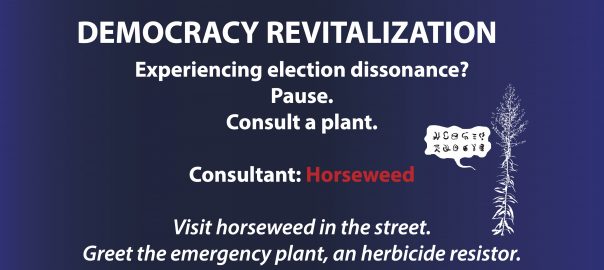
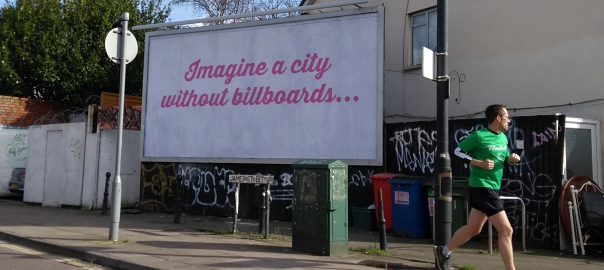
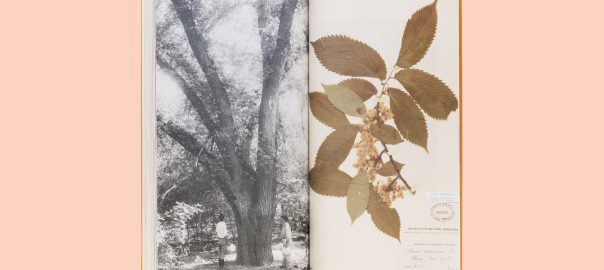
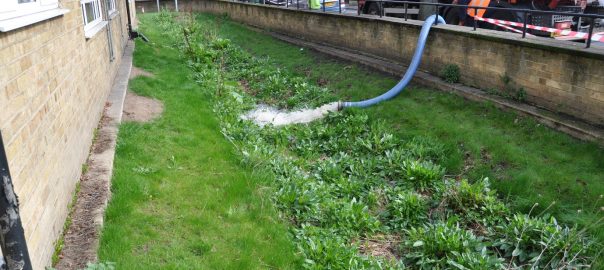
Leave a Reply